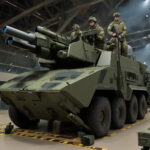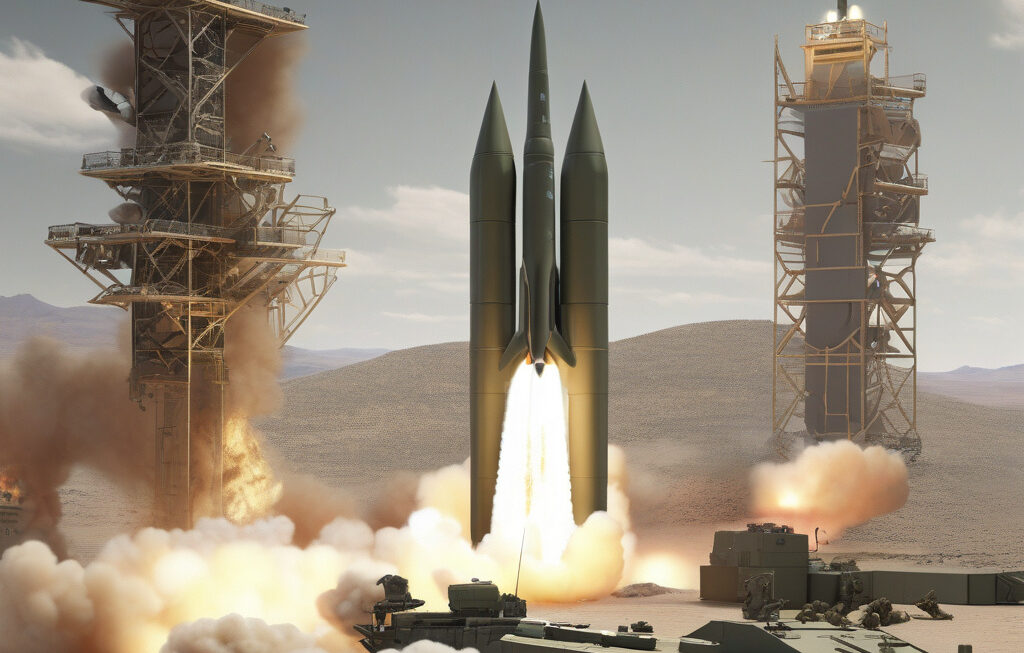Beetle-inspired Tech Senses Missiles 20,000x Faster than US Golden Dome, China Claims
Chinese scientists have developed a high-speed infrared sensor inspired by the fire beetle. This breakthrough in biomimicry technology aims to revolutionize missile defense systems by detecting and intercepting incoming threats at speeds 20,000 times faster than the renowned US-made Iron Dome.
The fire beetle, known for its exceptional ability to detect infrared radiation from fire and predators, served as the biological blueprint for this innovative sensor. By mimicking the beetle’s natural capabilities, Chinese researchers have successfully engineered a cutting-edge device capable of swiftly identifying and tracking fast-moving objects, such as missiles, with unparalleled accuracy.
The implications of this technological advancement are far-reaching. In a world where military conflicts are increasingly reliant on missile capabilities, having a defense system that can outpace and outsmart incoming threats is a game-changer. The Chinese fire beetle-inspired sensor has the potential to shift the balance of power in missile defense strategies, giving nations equipped with this technology a significant advantage on the battlefield.
The US-made Iron Dome, a widely acclaimed missile defense system known for its effectiveness in intercepting and destroying short-range rockets, has long been considered a gold standard in missile defense. However, the development of the beetle-inspired sensor puts China at the forefront of innovation in this critical field. By claiming to detect and respond to missiles at speeds 20,000 times faster than the Iron Dome, China is positioning itself as a formidable player in the global arms race.
Moreover, the use of biomimicry in technology underscores the importance of looking to nature for inspiration in solving complex human challenges. Nature has evolved over millions of years to develop efficient and effective solutions to survival, and by emulating these natural designs, scientists can create groundbreaking innovations with real-world applications.
While the Chinese claims of outperforming the US Golden Dome system may spark debates and scrutiny within the international community, the potential of the beetle-inspired sensor cannot be overlooked. As technology continues to advance at an unprecedented pace, leveraging nature’s wisdom to enhance human creations may well be the key to unlocking new frontiers in defense, security, and beyond.
In conclusion, the development of a high-speed infrared sensor inspired by the fire beetle represents a significant milestone in the realm of missile defense technology. By harnessing the natural abilities of a tiny insect, Chinese scientists have opened up a world of possibilities in enhancing defense capabilities against fast-moving threats. As the global landscape of warfare evolves, innovations like the beetle-inspired sensor serve as a testament to the power of biomimicry in shaping the future of security and defense.
firebeetle, sensorinnovation, missiledefense, biomimicry, technologicalbreakthrough












